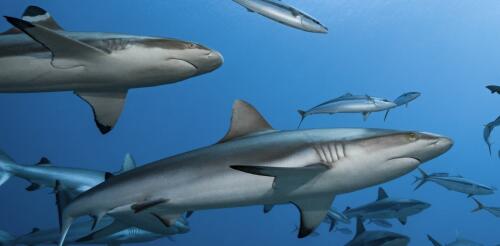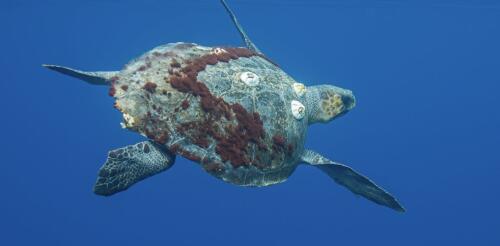Marine protected areas
There are more than 500 species of sharks in the world’s oceans, from the 7-inch dwarf lantern shark to whale sharks that can grow to over 35 feet long. They’re found from polar waters to the equator, at the water’s surface and miles deep, in the open ocean, along coasts and even in some coastal rivers. With such diversity, it’s no surprise that sharks serve many ecological functions. For example, the largest individuals of some big predatory species, such as tiger and white sharks, can have an oversized role in maintaining balances among species. They do this by feeding on prey and sometimes by just being present and scary enough that prey species change their habits and locations. In a newly published study, colleagues and I surveyed decades of research on sharks’ ecological roles and considered their future in oceans dominated by people. We found that because sharks play such diverse and sometimes important functions in maintaining healthy ocean...
Many of the ocean’s most charismatic animals spend their lives swimming, flying or gliding thousands of miles, from the coasts to the high seas. Arctic terns, humpback whales and sea turtles are examples. Scientists have spent many years documenting and studying these magnificent journeys. Chronicling where these species go is just the beginning. The next steps are understanding when and how far each animal travels and what triggers it to roam. We are a marine biologist and an evolutionary ecologist and have worked together to study the nesting and migration habits of endangered olive ridley sea turtles (Lepidochelys olivacea). This information is vital for managing the turtles’ recovery – but our research shows that two identical-looking olive ridleys may follow very different paths. Approximate range of olive ridley sea turtles. NOAA Protecting animals that move Mapping the s...

